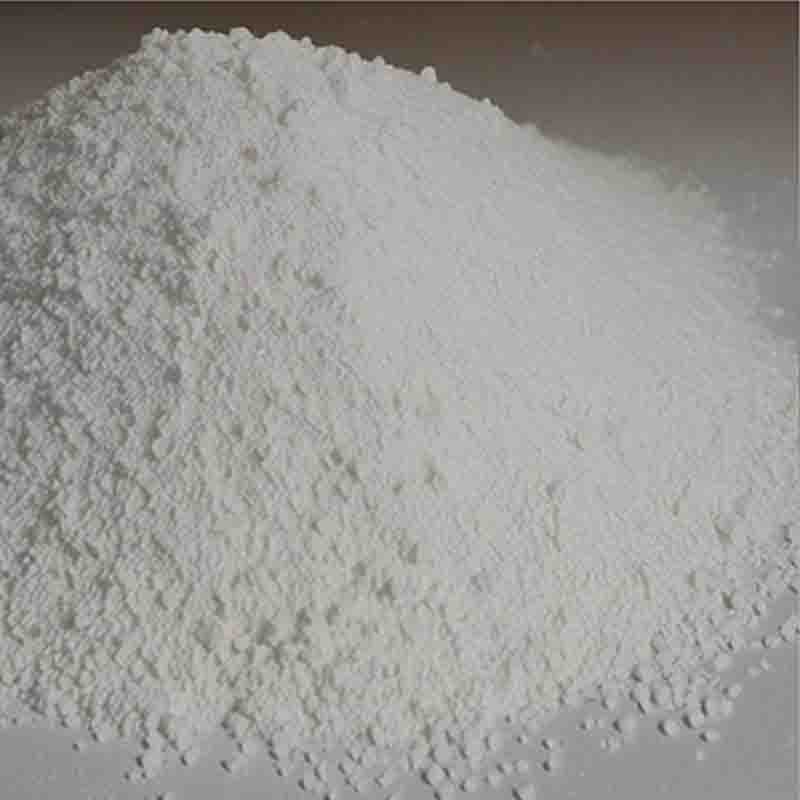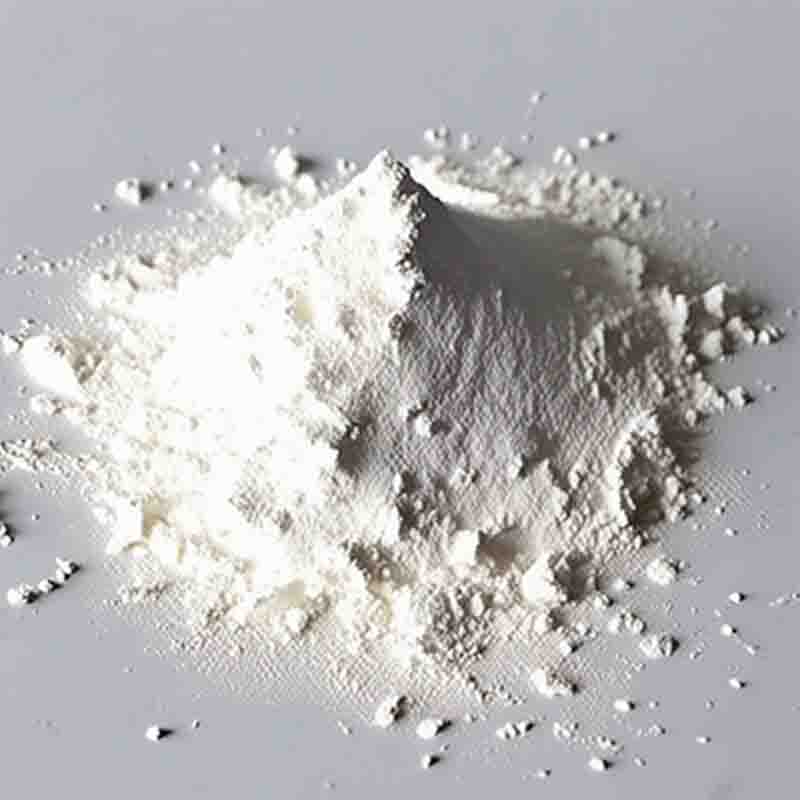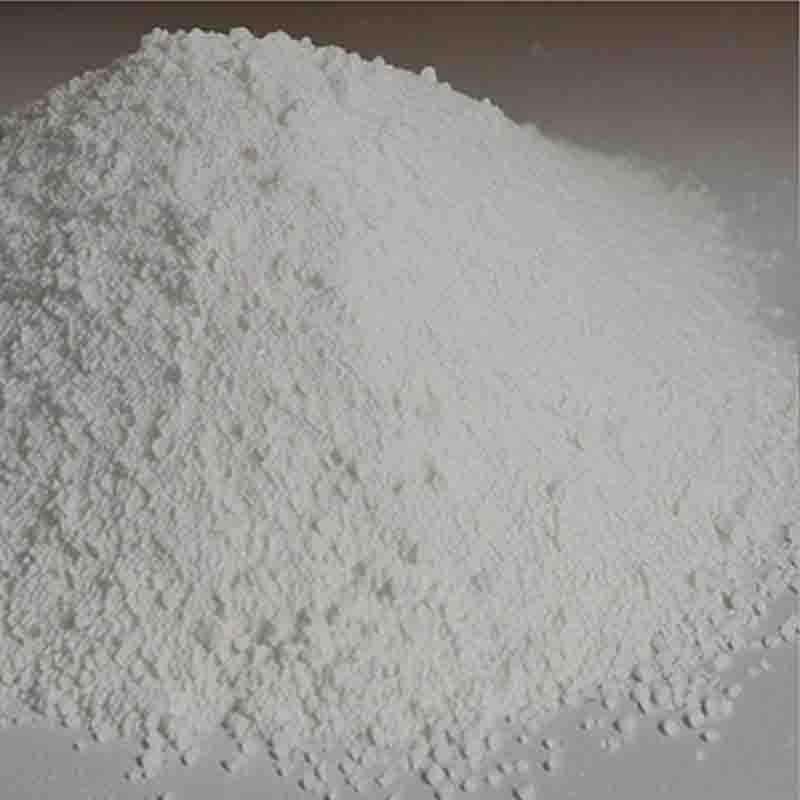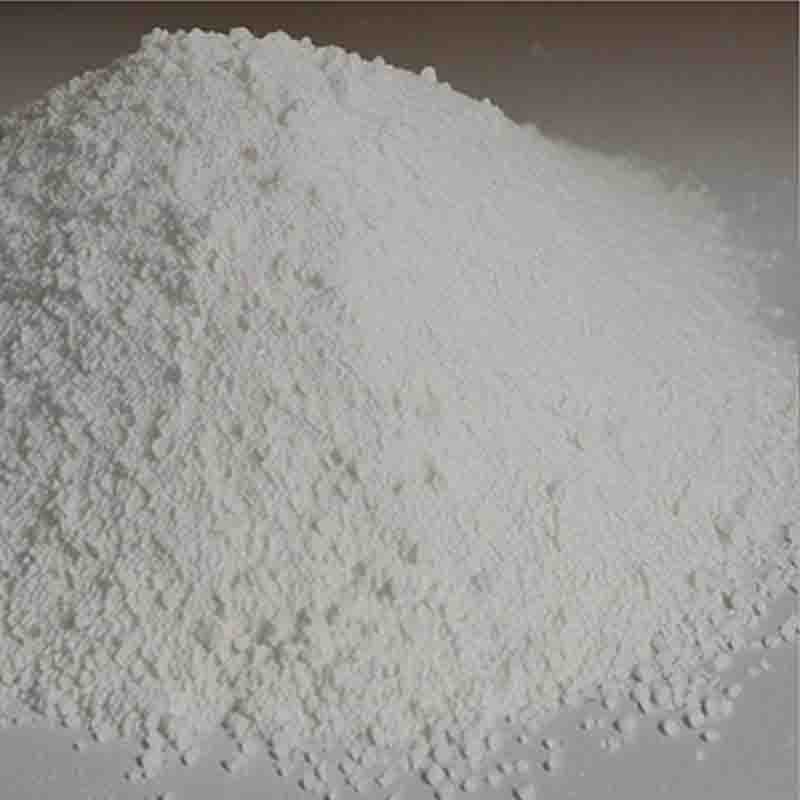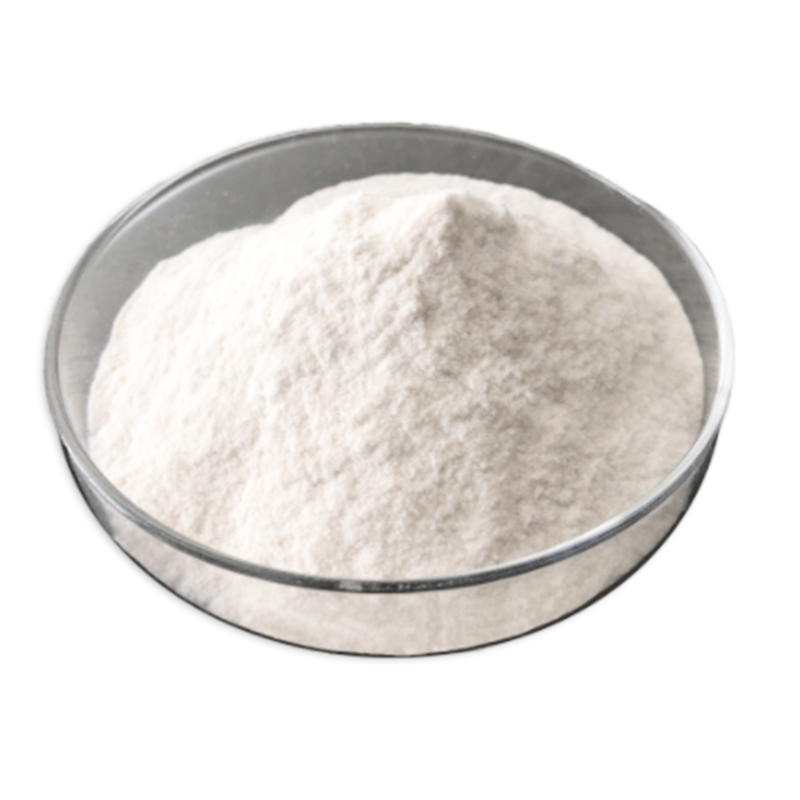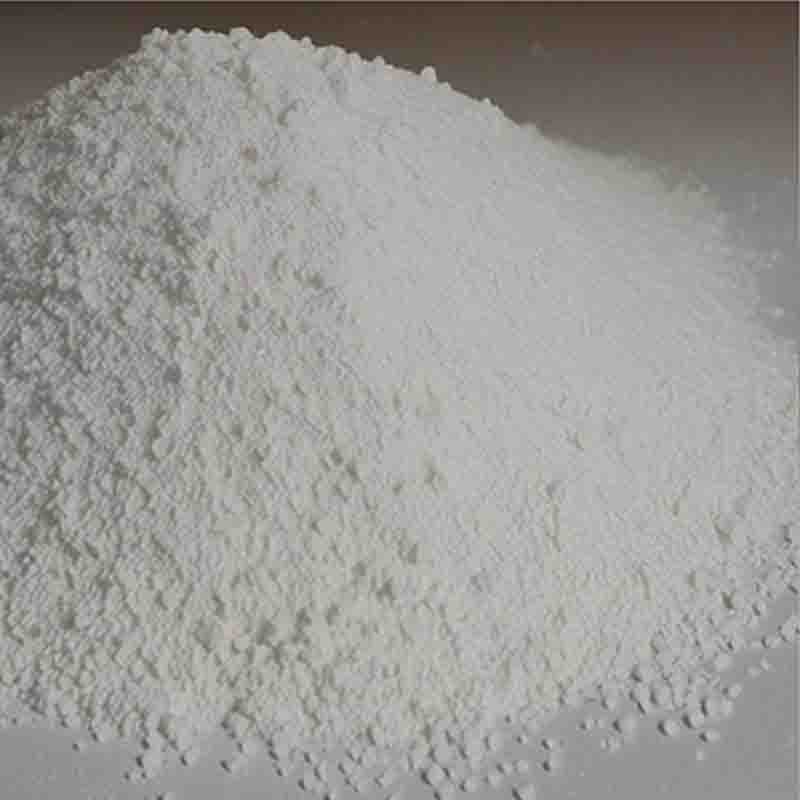Bis(dibenzylideneacetone)palladium CAS: 32005-36-0
| Catalog Number | XD94482 |
| Product Name | Bis(dibenzylideneacetone)palladium |
| CAS | 32005-36-0 |
| Molecular Formula | C34H20O2Pd |
| Molecular Weight | 566.95 |
| Storage Details | Ambient |
Product Specification
| Appearance | White powder |
| Assay | 99% min |
Bis(dibenzylideneacetone)palladium, also known as Pd(dba)2, is a chemical compound that contains a palladium atom coordinated with two molecules of dibenzylideneacetone (dba). This complex is widely used as a catalyst in various organic reactions, particularly in cross-coupling reactions and carbon-carbon bond formation.One of the main applications of bis(dibenzylideneacetone)palladium is in the Suzuki-Miyaura coupling reaction. This reaction allows the direct formation of carbon-carbon bonds between an aryl or vinyl halide and an aryl or vinyl boronic acid. Pd(dba)2, in combination with a phosphine ligand, acts as a catalyst that facilitates the coupling process, leading to the formation of a wide range of biaryl or polyaryl compounds. This reaction has significant importance in pharmaceutical, agrochemical, and material chemistry where the creation of unique carbon-carbon bonds is crucial for the synthesis of complex organic molecules.Additionally, bis(dibenzylideneacetone)palladium has also proven to be highly effective in other cross-coupling reactions such as the Heck reaction, Sonogashira coupling, and Stille coupling. These reactions all involve the formation of carbon-carbon bonds, and Pd(dba)2, in conjunction with suitable ligands, enables the selective and efficient coupling of various organic substrates. The versatility of this catalyst allows for the synthesis of a diverse range of functionalized compounds that find applications in many industries.Furthermore, bis(dibenzylideneacetone)palladium has been utilized in organic transformations such as Mizoroki-Heck reactions, C-H activation, and amination reactions. In these reactions, palladium acts as a catalyst to mediate the formation of new carbon-heteroatom bonds, expanding the possibilities for the modification and functionalization of organic molecules.Apart from its applications in cross-coupling reactions and organic transformations, bis(dibenzylideneacetone)palladium has also found utility in materials chemistry. The complex and its derivatives have been employed in the preparation of various organic-inorganic hybrid materials, such as metal-organic frameworks (MOFs), coordination polymers, and nanoparticles. These materials exhibit diverse properties and can be used in catalysis, sensing, and drug delivery applications.In summary, bis(dib


